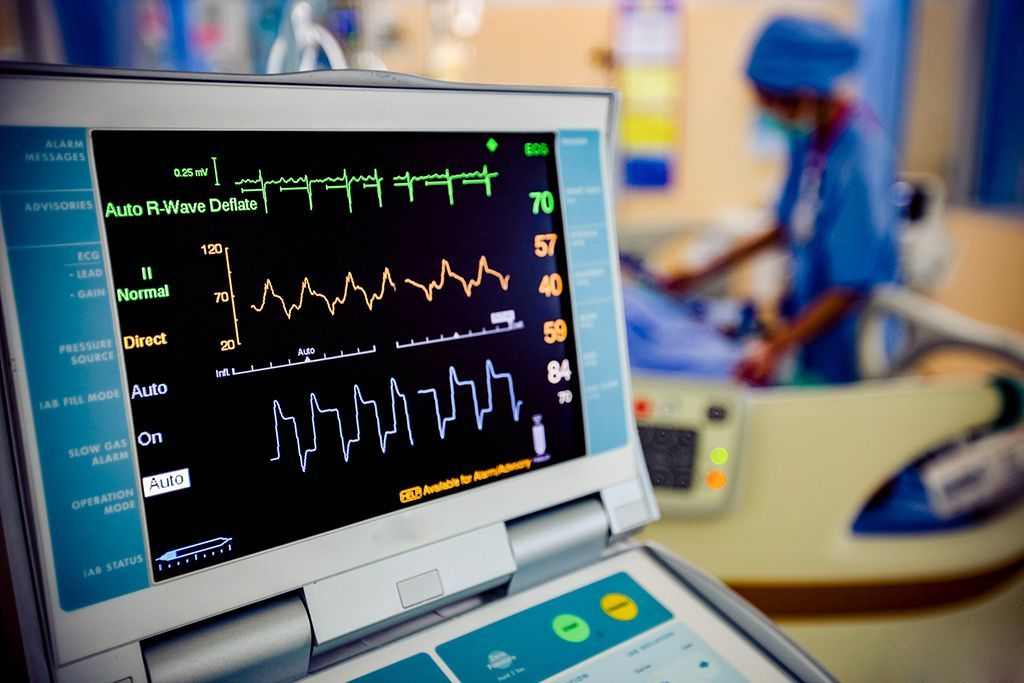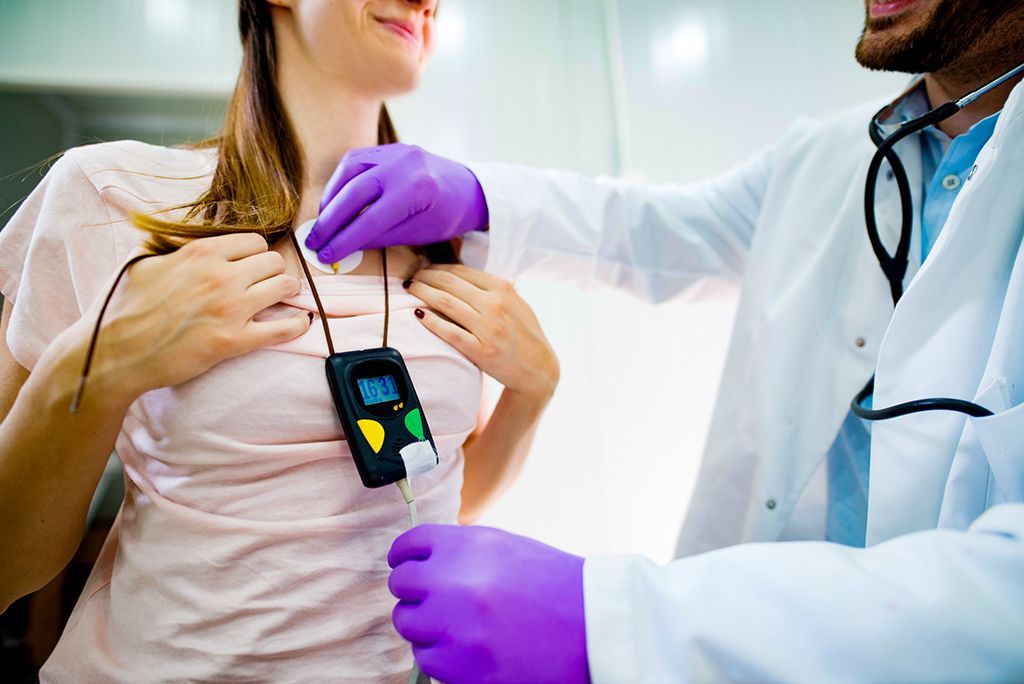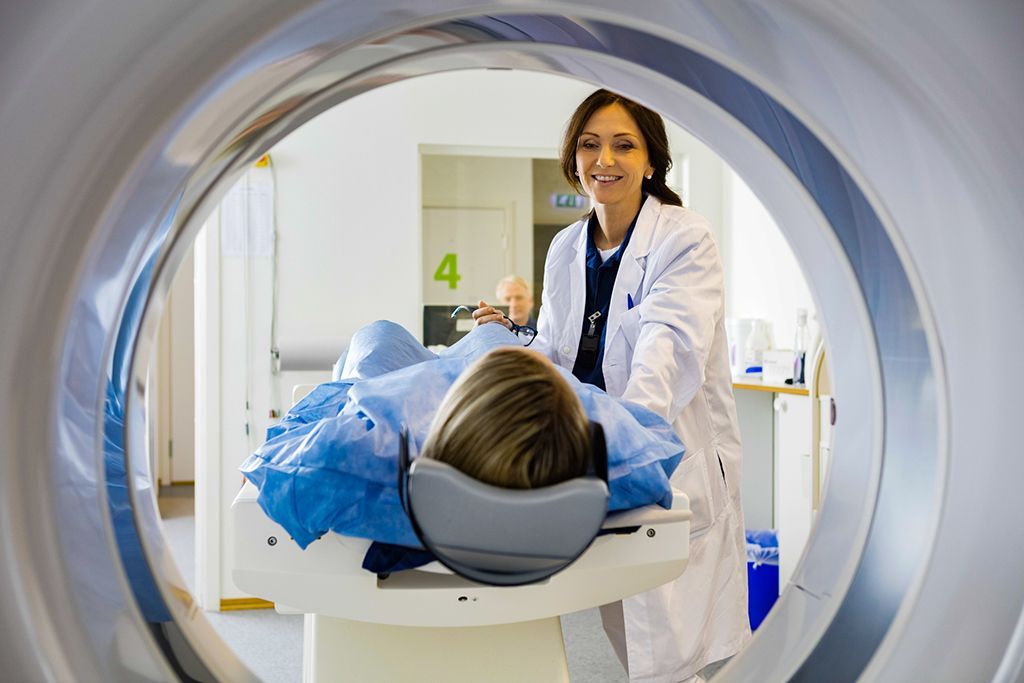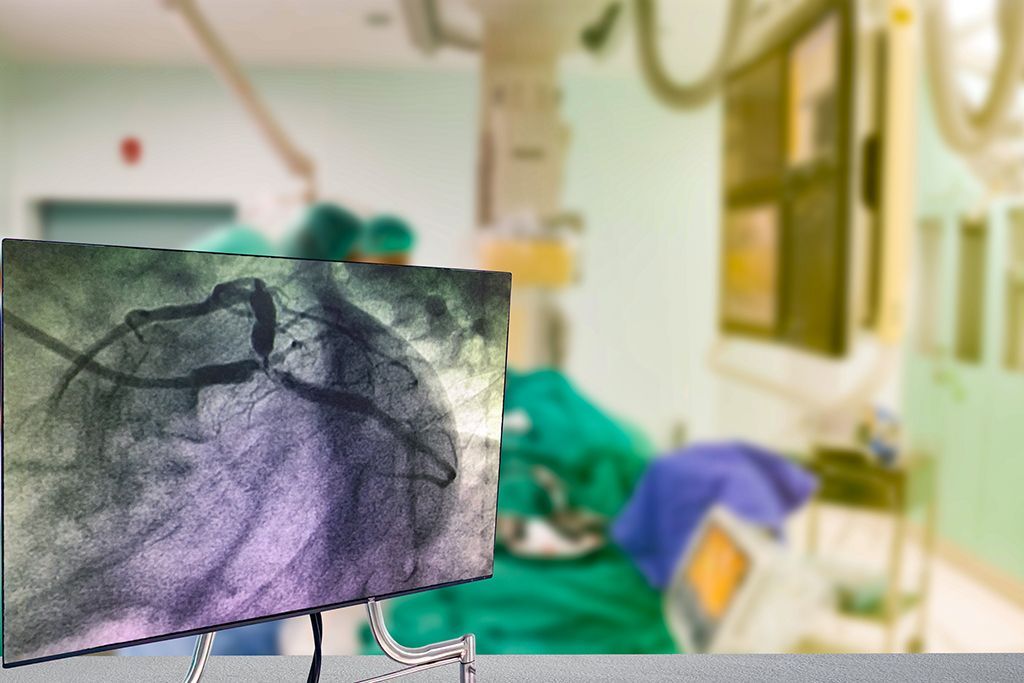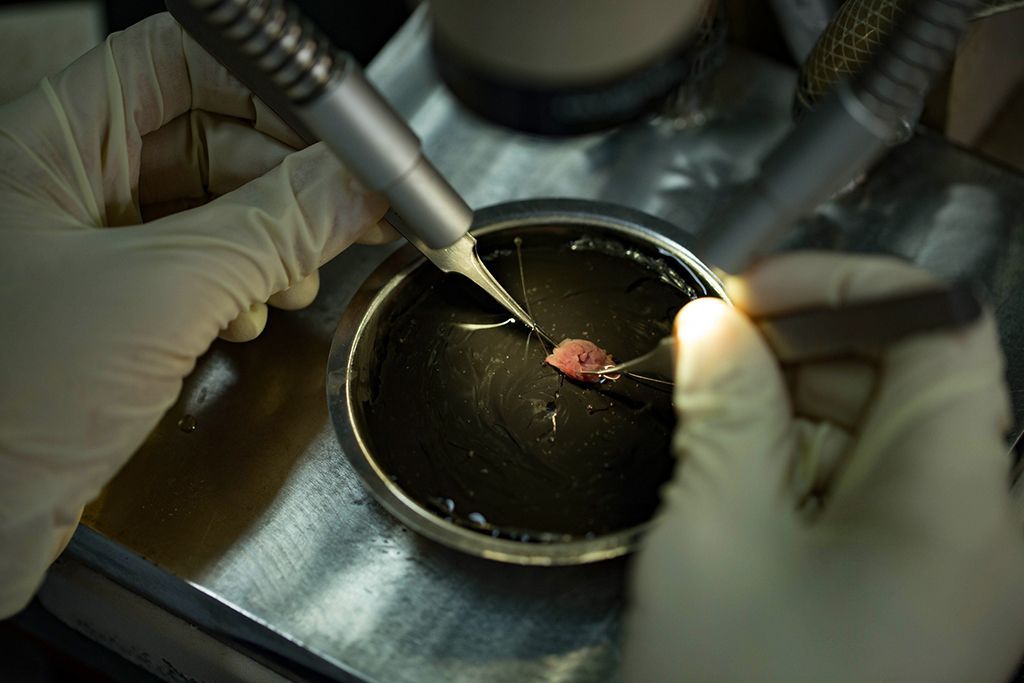HCM All Hearts Diagnostic Tools
PET Scan

A positron emission tomography (PET) scan shows how your tissues and organs are functioning.
Radioactive tracers called radionuclides are used during the test to show the heart's activities. PET scans are useful for examining the chemical activity in various parts of your body and identifying cancers, heart diseases, and brain disorders. PET scans measure chemical activity and can help detect diseases before other imaging tests detect them. A cardiac PET scan can show areas of decreased blood flow in the heart to identify coronary artery disease and scarring.
WHAT DOES A PET SCAN SHOW?
Using the scanner images, your doctor can tell how the heart functions by seeing how well it takes up the different tracers. By seeing where the tracer is, your doctor can tell which parts of the heart muscle, if any, are damaged. Various colors and brightnesses on the PET scan can show different levels of tissue function.
Citations:
American Heart Association. (2015, July 31). Positron Emission Tomography (PET). Positron Emission Tomography (PET) l American heart Association. Retrieved October 16, 2020, from https://www.heart.org/en/health-topics/heart-attack/diagnosing-a-heart-attack/positron-emission-tomography-pet
Mayo Clinic. (2020, August 25). Positron emission tomography scan. Positron emission tomography scan- Mayo Clinic. Retrieved October 16, 2020, from https://www.mayoclinic.org/tests-procedures/pet-scan/about/pac-20385078#:~:text=A%20positron%20emission%20tomography%20(PET,up%20on%20other%20imaging%20tests.
Related Diagnostic Tools

 Translate
Translate
